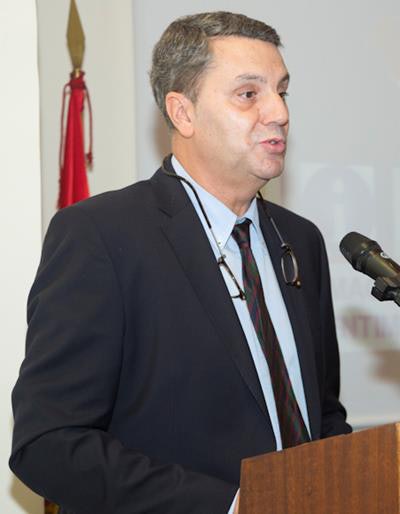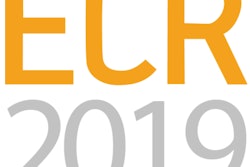
The deadline for European Union (EU) countries to transpose the European Atomic Energy Community (Euratom) radiation protection directive into national law passed on 6 February, but Spain failed to comply and is now taking belated action to meet its obligations, according to a report published on 3 May by the science magazine Quo. What's more, a fierce debate over CT use is continuing.
The failure to implement the EU directive, 2013/59/Euratom, into law was principally due to the inability of the Environmental Health Foundation in Spain to formulate a national plan against the avoidable noxious effects of radon gas, the article noted. Radon gas exposure in Spain causes up to 1,500 preventable lung cancer deaths per year. Now the Spanish authorities have proposed nationwide diagnostic reference levels (DRLs) to limit a patient's radiation dose to acceptable levels and better inform patients of the risks involved in examinations like CT.
But will it be worth the wait?
The Quo report asks two essential questions: Will it be worth the wait? How much radiation can we withstand? As the medical and science communities await the delayed incorporation of the Euratom directive, the country is walking a tightrope and may face sanctions. The experts themselves still appear divided, and the outcome remains uncertain, according to Quo.
The directive offers clarity on DRLs in order to standardize practice in EU radiology departments and ultimately promises to improve radiation protection for patients. This process of effectively legislating on radiation dose is welcomed by some observers.
"We are seeing constant, gradual increases in radiation dosages in our country, and it is necessary to ask if this represents an abuse," Rolando Torres, vice president of the Spanish Society for Radiological Protection and head of radiophysics at the Clinical Hospital of Valladolid, told Quo.
 Dr. Ángel Morales Santos. Image courtesy of SERAM.
Dr. Ángel Morales Santos. Image courtesy of SERAM.Use of CT is increasing fast throughout Spain, prompting the publication of a report by the Spanish Society of Medical Radiology (SERAM), which found that up to 30% of requested radiological exams do not offer any relevant information and that many of these exams could be avoided. SERAM has given a set of 38 recommendations of when best to dispense with CT examinations in favor of other, nonradiation-based modalities, including ultrasound and MRI.
Not everybody agrees that this process will bring harmonization of practices, or that restricting CT radiation exposure will be a positive step in radiological practice in Spain.
"What is important is the justification for the procedure. There does not exist a limit for dosage, and it is only important that the examination is justified," Dr. Ángel Morales Santos, head of strategy at SERAM, told Quo.
The need to avoid 'radio-phobia'
Morales Santos thinks radiology is already an exhaustively regulated profession, and the benefits of CT truly do outweigh the radiation risks in cases such as lymphoma, where regular monitoring is necessary. "The act of radiology is safe, and what is not wanted is 'radio-phobia.' What we will come to have are nonirradiating examinations that are not always as useful."
The quantity of radiation that patients are exposed to throughout their lives, known as their radiological identity number, will become one of the biggest elements the Spanish authorities will have to implement, the report in Quo noted. Currently, the World Health Organization guidelines indicate the maximum dosage in adults is 100 mSv per year, or the equivalent of approximately 14 CT scans.
One thing that both Morales Santos and Torres agree on, however, is the measurable impact of such exposure over the course of a lifetime.
"It is impossible to establish the cause and effect at an individual level, only probabilistically," Morales pointed out. Given time, the effect of Euratom integration into Spanish health legislation, however, may provide some elucidation of this cause and effect relationship, he added.
The 2013/59/Euratom directive introduces some significant changes to the running of radiology departments, of which the largest changes will be related to dose reporting, dose levels, and patient information, continued the Quo article. Radiation dose limits from CT and other investigations will be controlled and maintained on an individual basis to ensure protection against the dangers of ionizing radiation exposure.
DRLs help to standardize radiation management within nations, though there continues to be disparities between European countries, particularly in CT. Incorporation of the measures stipulated by the Euratom Directive are arriving late in Spain, but the country is catching up now, the report concluded.
The full article in Spanish can be accessed via the SERAM website here. The society's biennial congress begins in Pamplona on 24 May. Look out for news reports live from the meeting on AuntMinnieEurope.com.



















